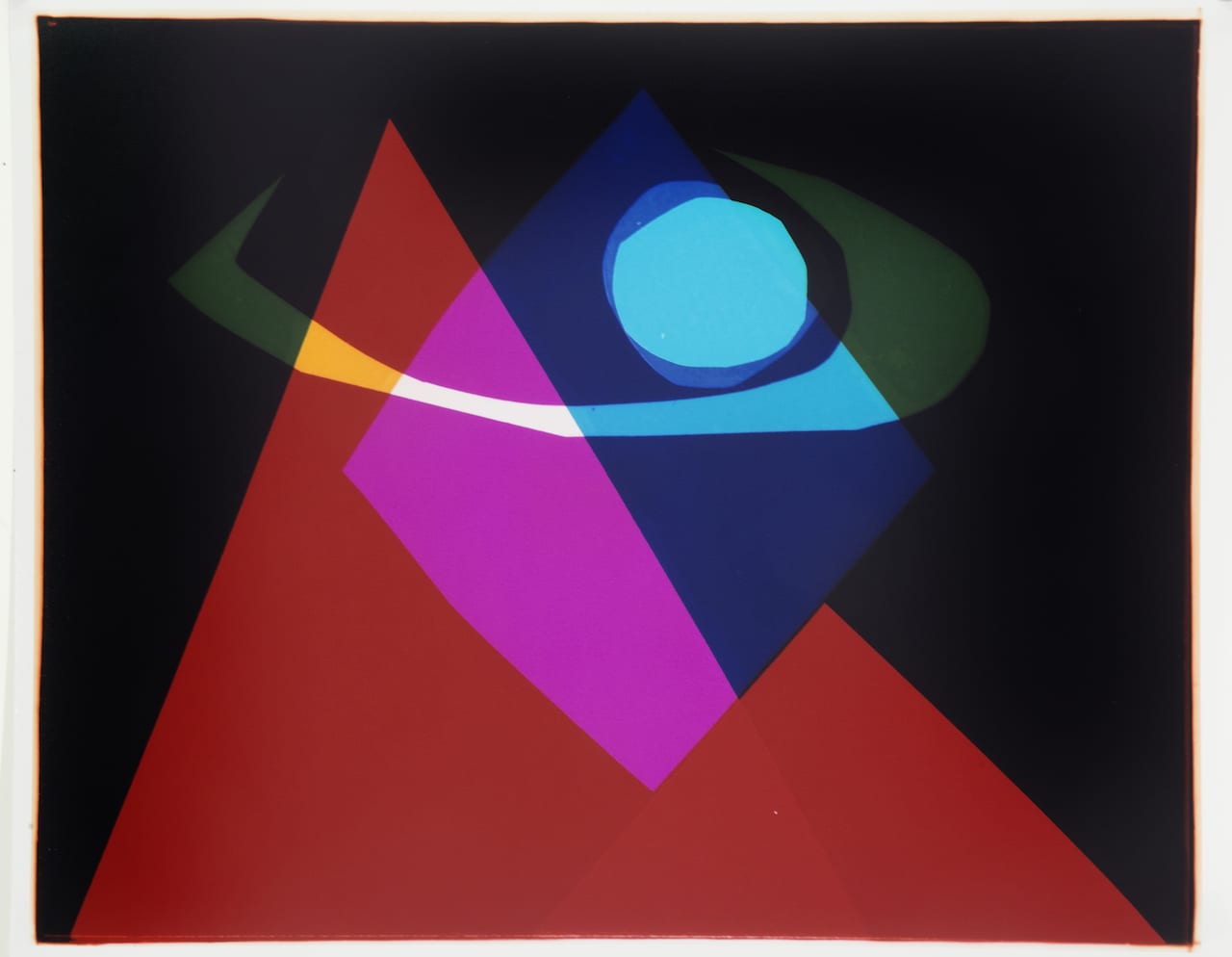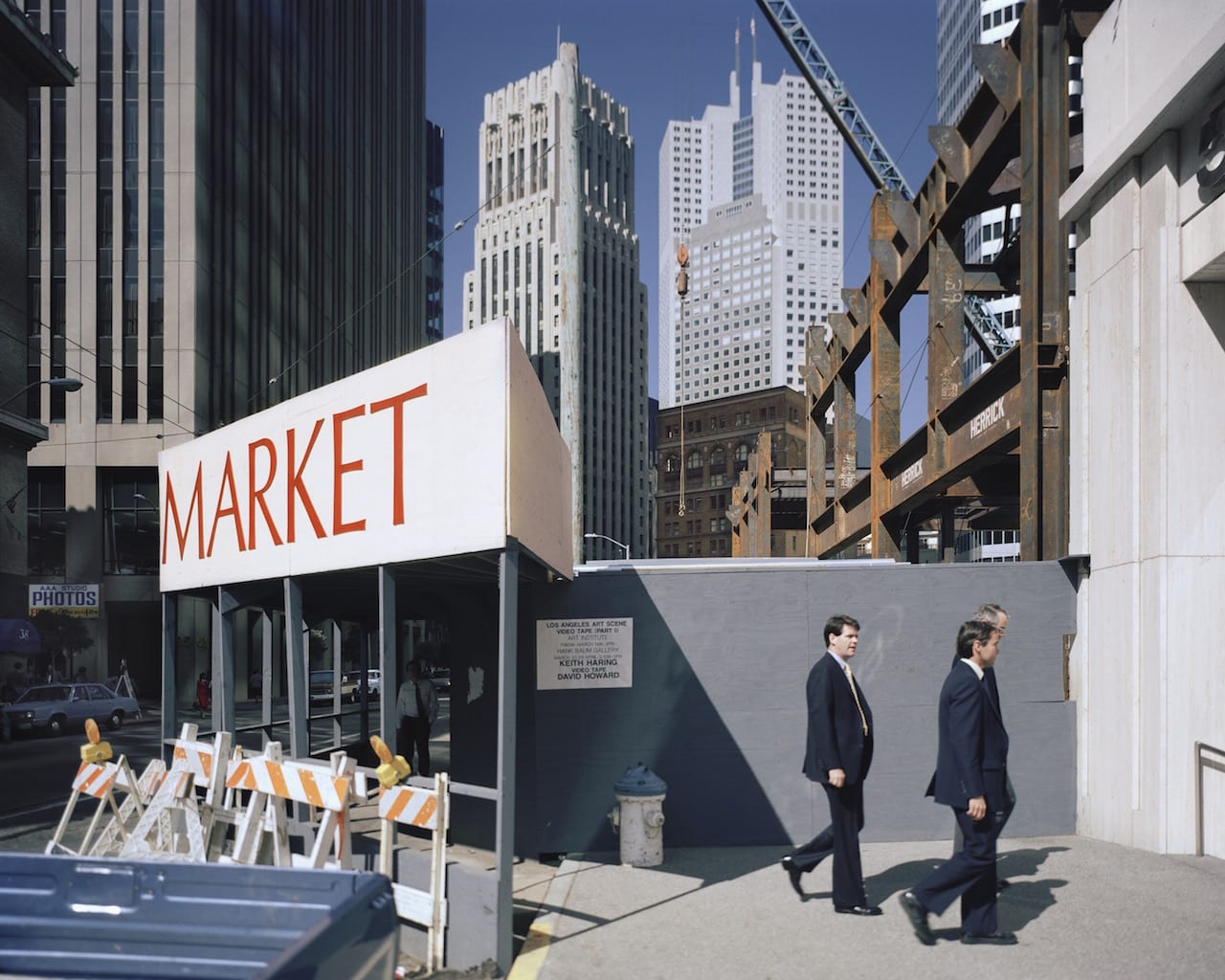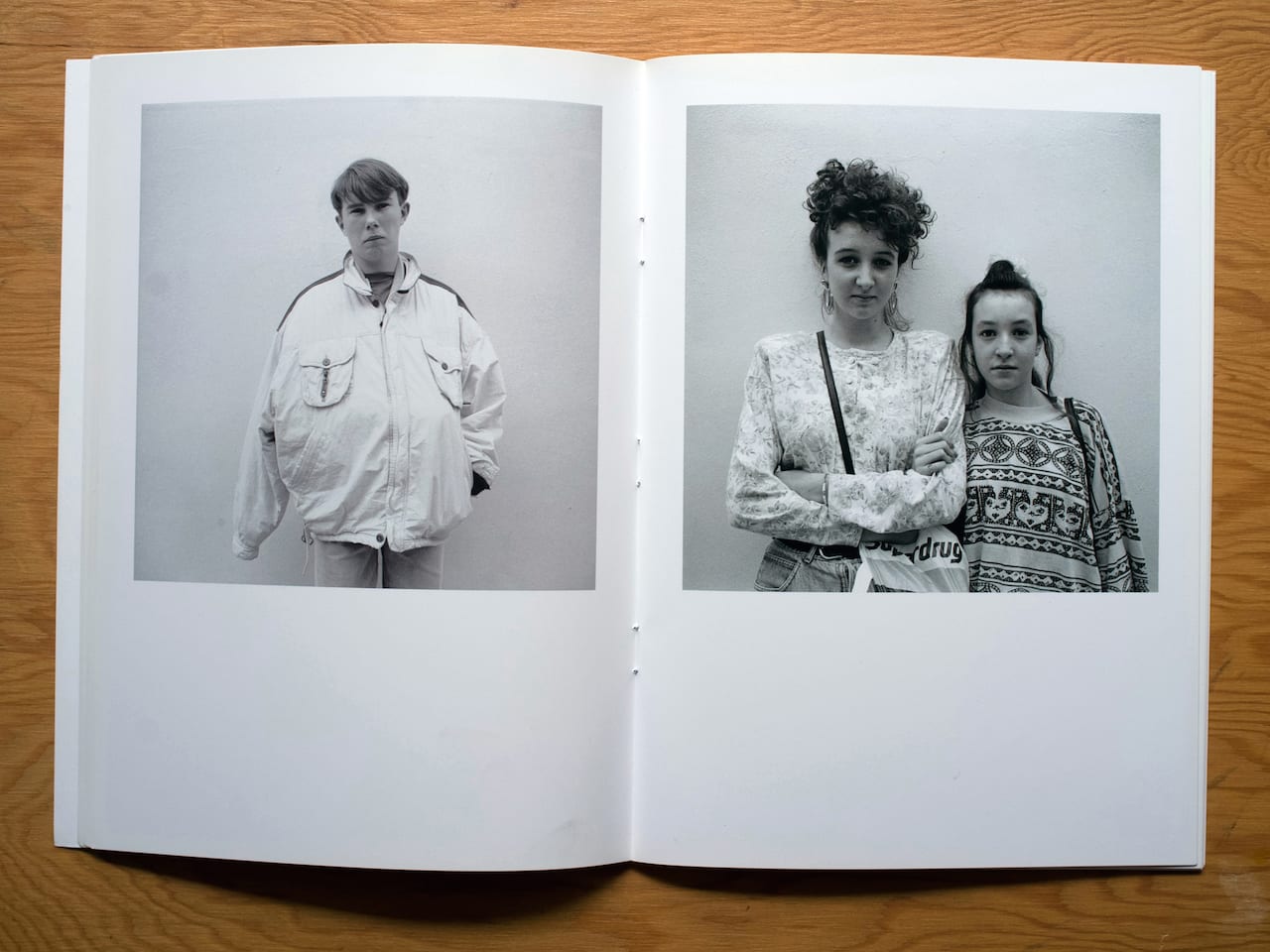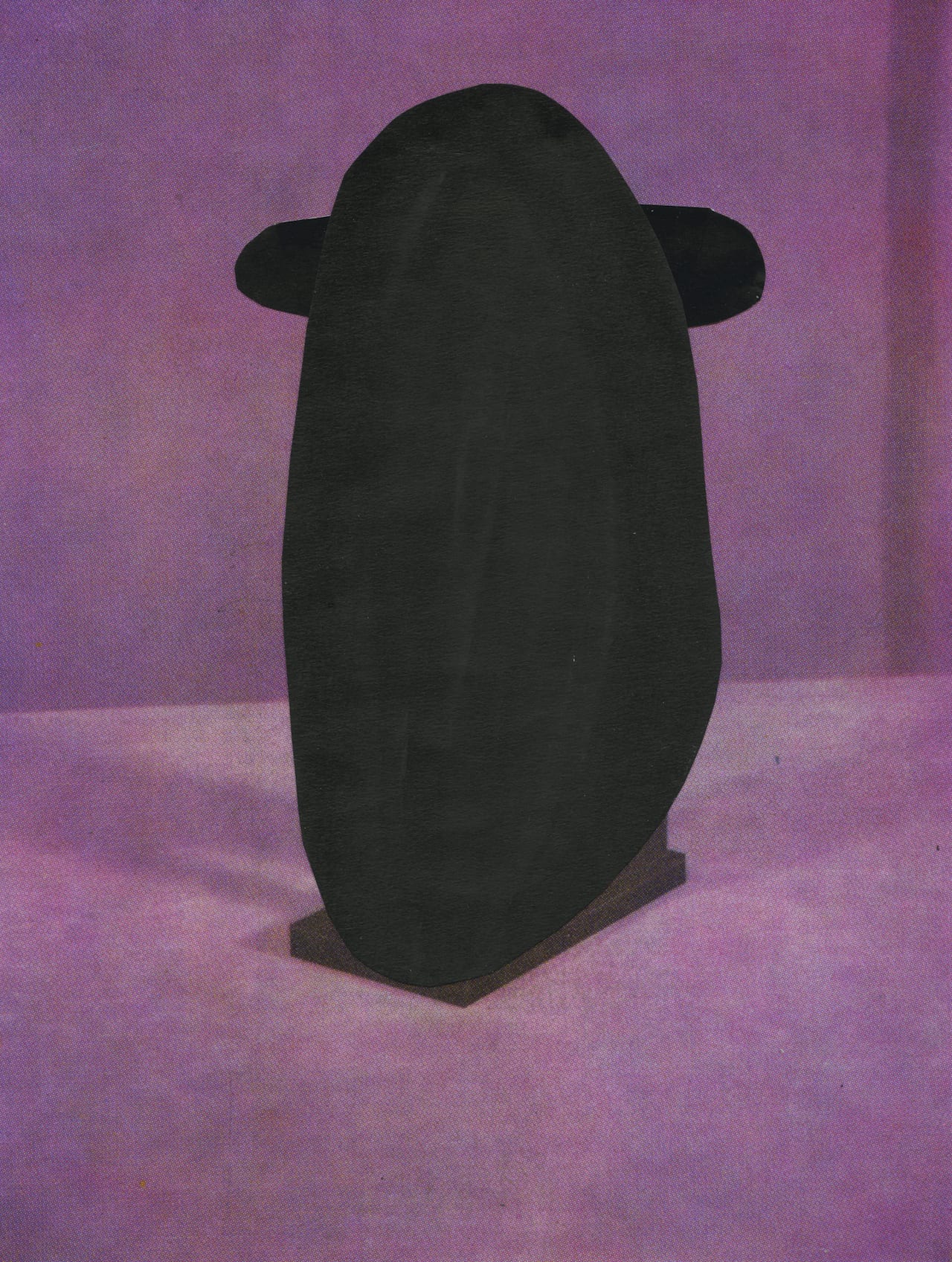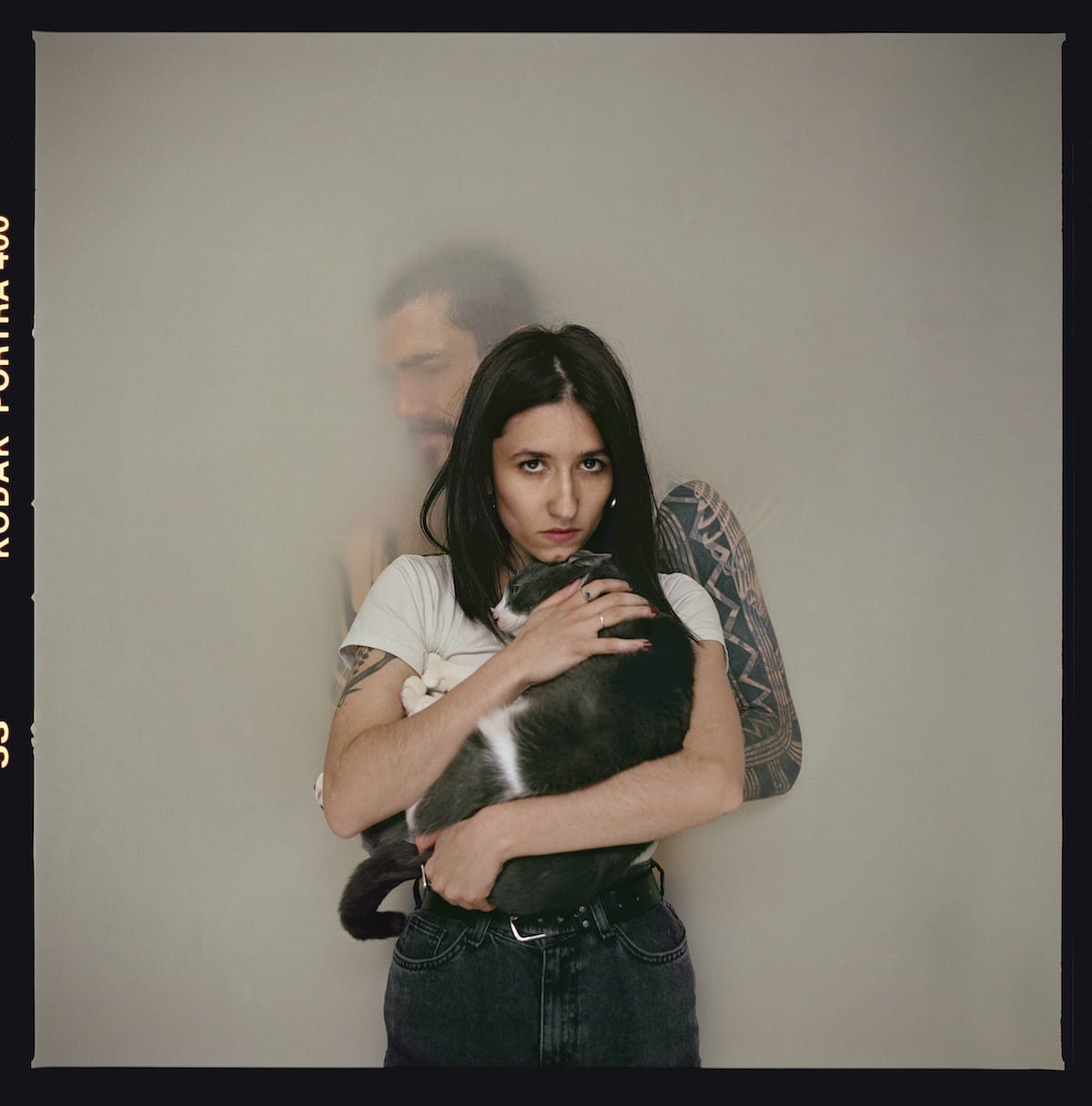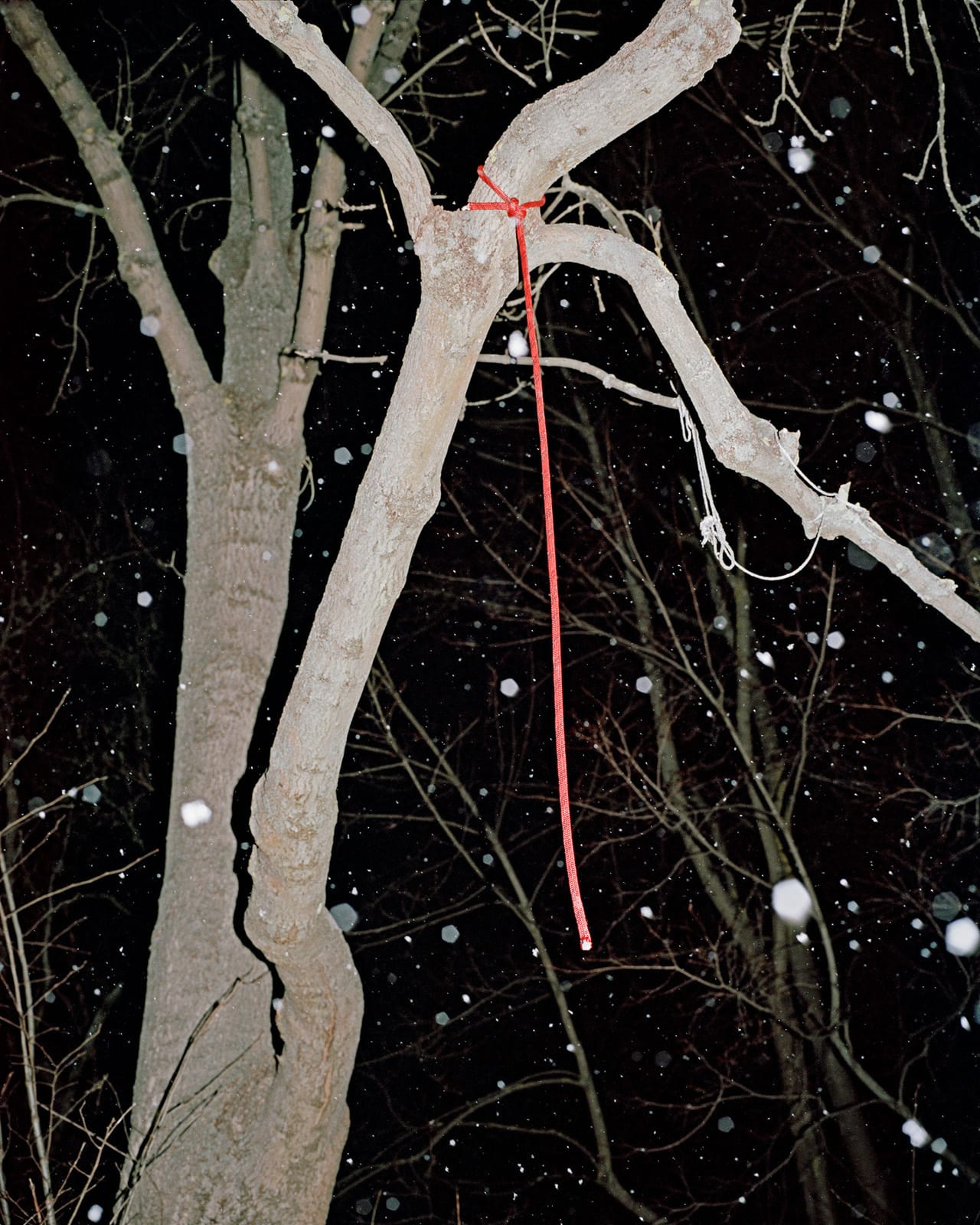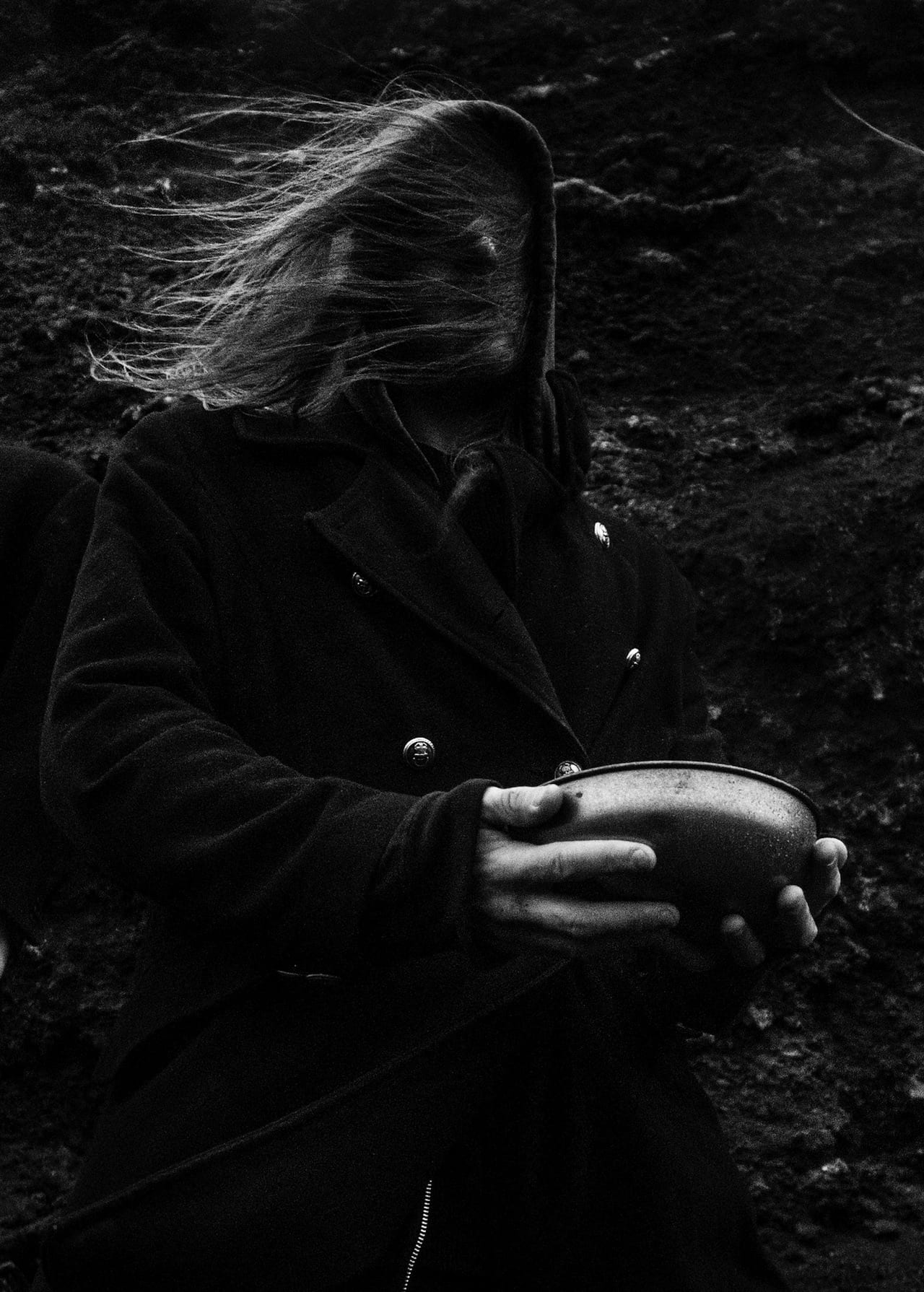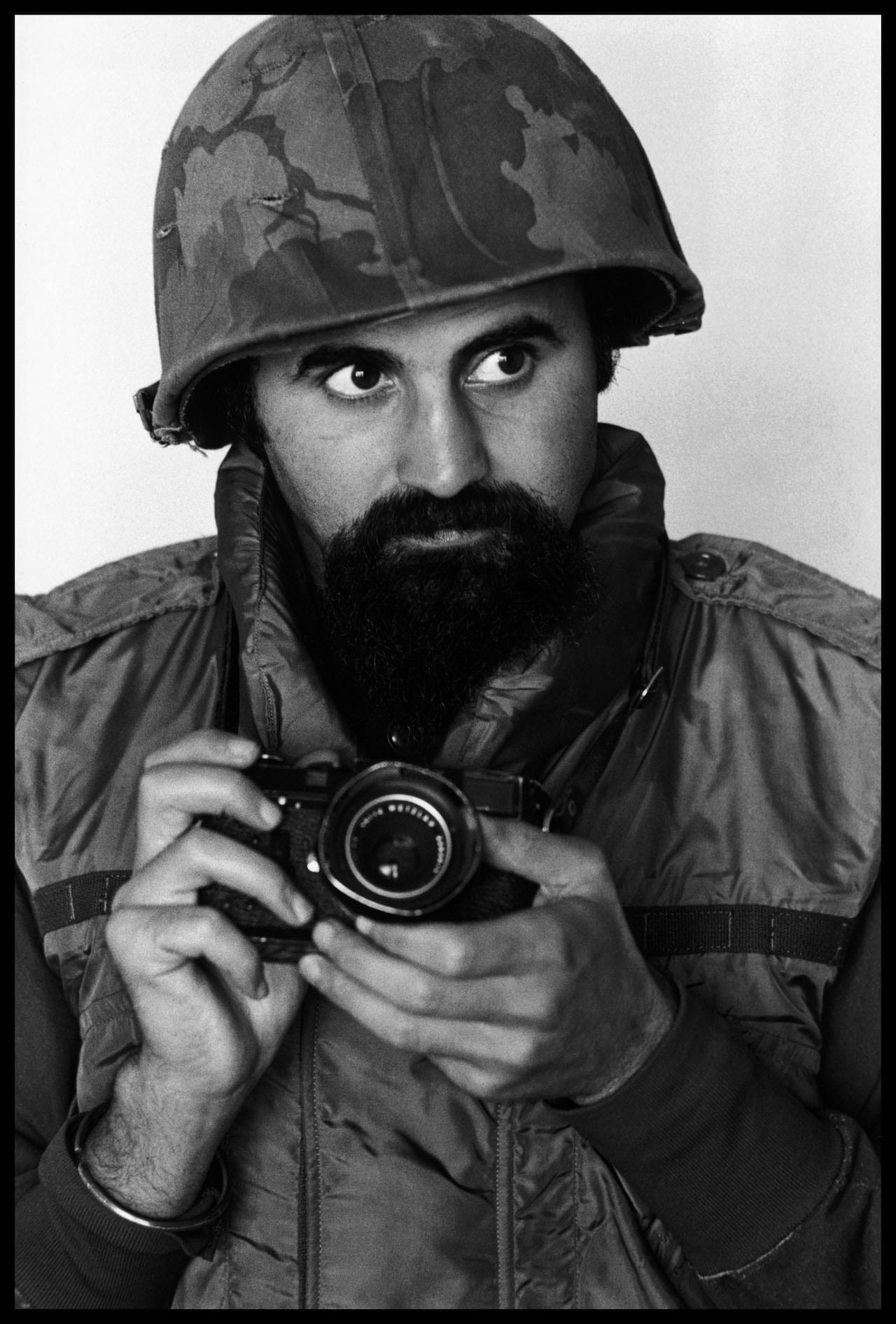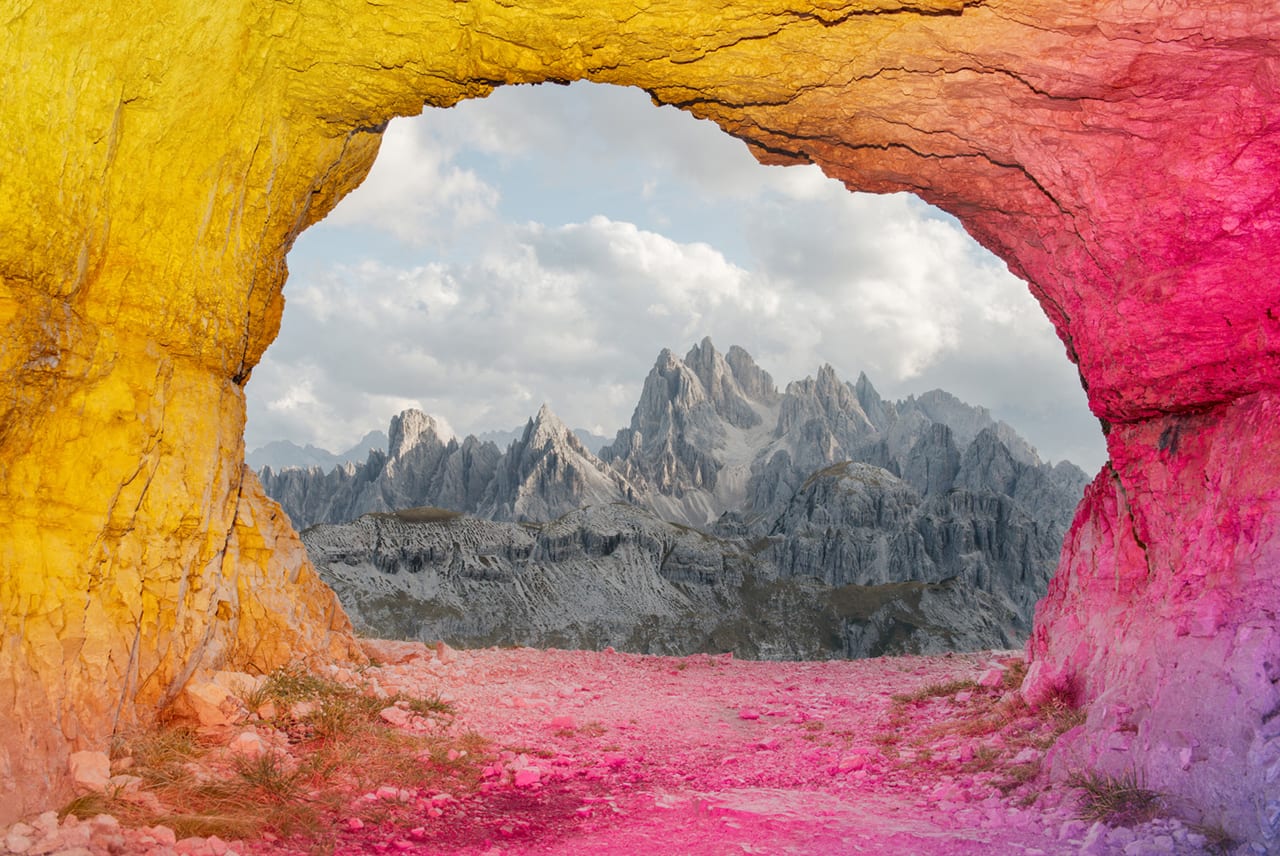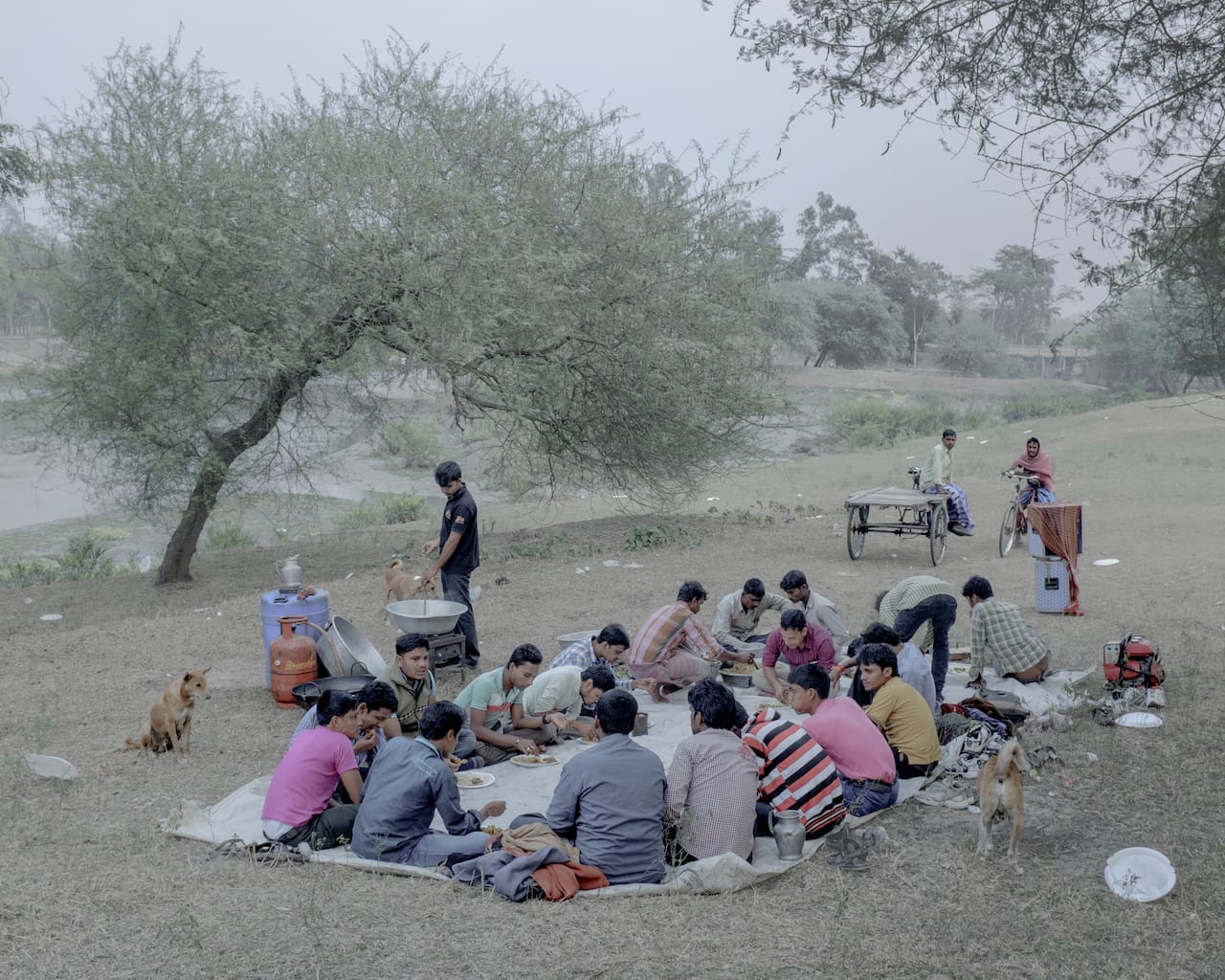Kathleen Fox-Davies and Anna Kirrage first met when they worked together at a Mayfair gallery. Eight years later, they’ve set up their own outfit – Black Box Projects. “We always attended art events together, so we retained a continual dialogue about the art market and our respective interests,” Kirrage tells BJP. “We have always worked in small businesses where there wasn’t necessarily room for growth, so the obvious step was to start out on our own.” Fox-Davies is a photography specialist with over a decade of experience in galleries such as Michael Hoppen, Hasted Hunt and ATLAS, while Kirrage’s experience is in managing art organisations’ PR and strategy. Drawing on their complementary skills, they’ve decided to break the traditional gallery mould and will run Black Box Projects as a series of pop-up installations, rather than opening a permanent space.
